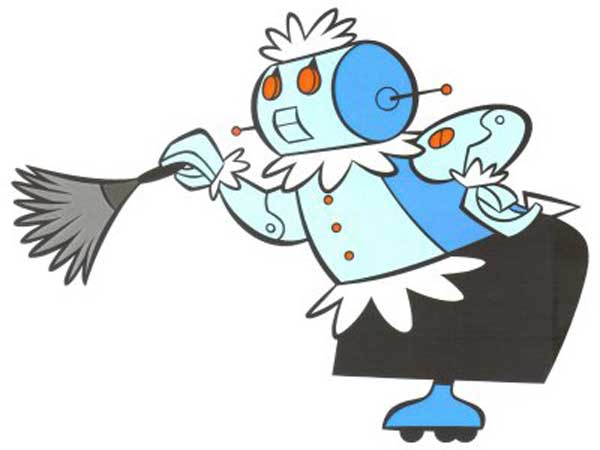Elimination Communication, Infant Potty Training, Diaperless babies... the practice has a few terms, but my favorite is definitely EC, because that describes it very well. IPT implies that the baby is in some way being trained, which isn't accurate and we're not fully diaperless here by any means.
I first heard about this when my oldest was about five or six months old and mainly dismissed it as time-consuming. Well, when I realized that she was waking up dry every day, I thought I'd give it a go. I didn't 'catch' every day and I never caught a cue (only timed catches) with her, but there was never any fear of the toilet and she was ready for her first set of panties at 16 months and mostly potty learned at 18 months (we had a regression from illness around 21 months, though, so she didn't finish up until she was two).
I started earlier with my second, around five or six months, actually, and we caught more frequently. She was dry all day for the first time around 14 months, although she didn't fully potty learn until around the same age Lilly did. She had accidents longer, but largely because she seems to not notice she has to go until she's only got a few minutes to go. I can't tell how many times we've had this conversation:
Daddy or Me: "Naomi, do you need to potty?"
Naomi, "Nope!"
D or M: "Why don't you try?"
N: "Okay." A minute passes, she reemerges from the bathroom. "Daddy [or Mommy], you were right!"
She also, like me as a child, just doesn't like to go to the bathroom alone. She doesn't need any help, she just wants someone nearby. The funny thing is that she was my baby who wanted to be on her own the most, but now that she's older, she doesn't like to be alone at all.
With my third, we started even earlier.
She was a week shy of 2 months old when I first took her to potty. This was a post I made on my parenting forum:
She woke up pissed off and I checked her diaper, but it was dry, so I ran for the bathroom to see if I could catch and indeed, I did! Lilly was very excited to watch, lol. She kept yelling "Daddy! Katarina is using the potty like a BIG GIRL!" LOL
...it was interesting, seeing the process and how she struggled to get it to come out and then it just all came out and she relaxed with clear relief. Ahh, Mommy joy over poop!After that, I noticed that she was getting upset at the same time every night, then she would poop and it would all get better. So, one night after I fed her, I felt that her tummy was hard and recalled that she hadn't pooped all day, so I took her to the potty and waited. After a few minutes, she started going and it took a couple minutes to get all of it out, but the whole time--no super straining, no fussing, no turning red, she was just relaxed in my arms and letting it out. It was a huge difference. She totally waited to be put in the EC position and eliminated. I always thought it would be kinda hard with a newborn, now I feel silly for never having done it before!
I don't catch every time or even every day, but I now have a couple little potties (both Bjorns) and she has even crawled over and rocked until she was put on so she could use it (she's 8 months old now).
 |
| This kid was made for EC |
Kat does not like diapers, at all. She wants to be naked all the time and while I'm not quite ready for that (nor is she), she does love using the potty. Her sister loves to take her and her dad has even (on the third kid) finally joined in, because she's so easy and happy about it (and he hates how she cries if you even put her in the diaper position--she tries to flip onto her belly and freaks out if she can't).
I'd say the Bjorn little potty is the best, even though there is no inner to take out--it fits in even a small sink and washes out very easily. Elimination Communication doesn't have to be all or nothing, either, so don't be scared of it and since there's no training going on, don't be weirded out.You can start at any time and at the very least, we've never had any potty fear over here.
So, that's our EC story. Do you use EC or have you considered it?





















